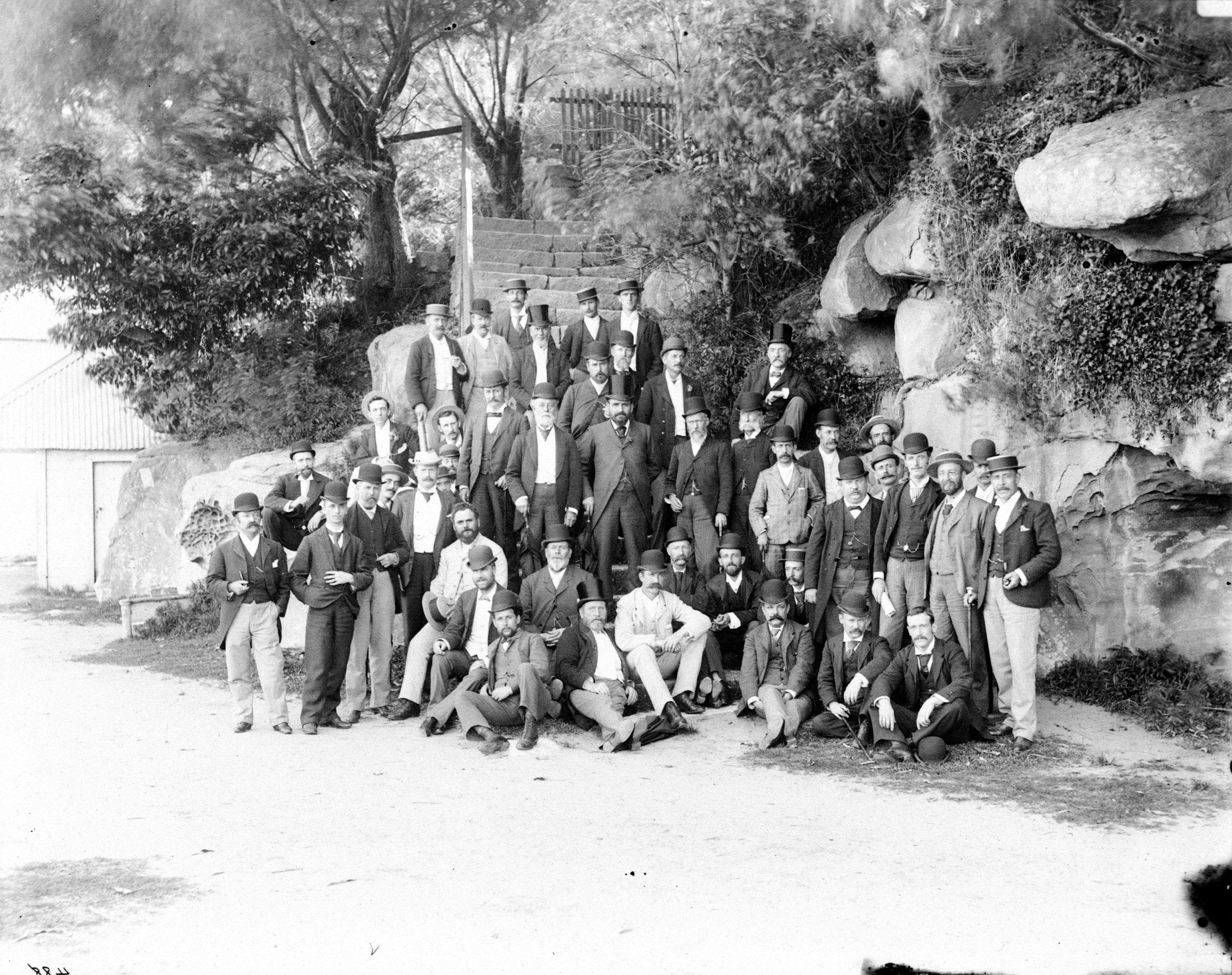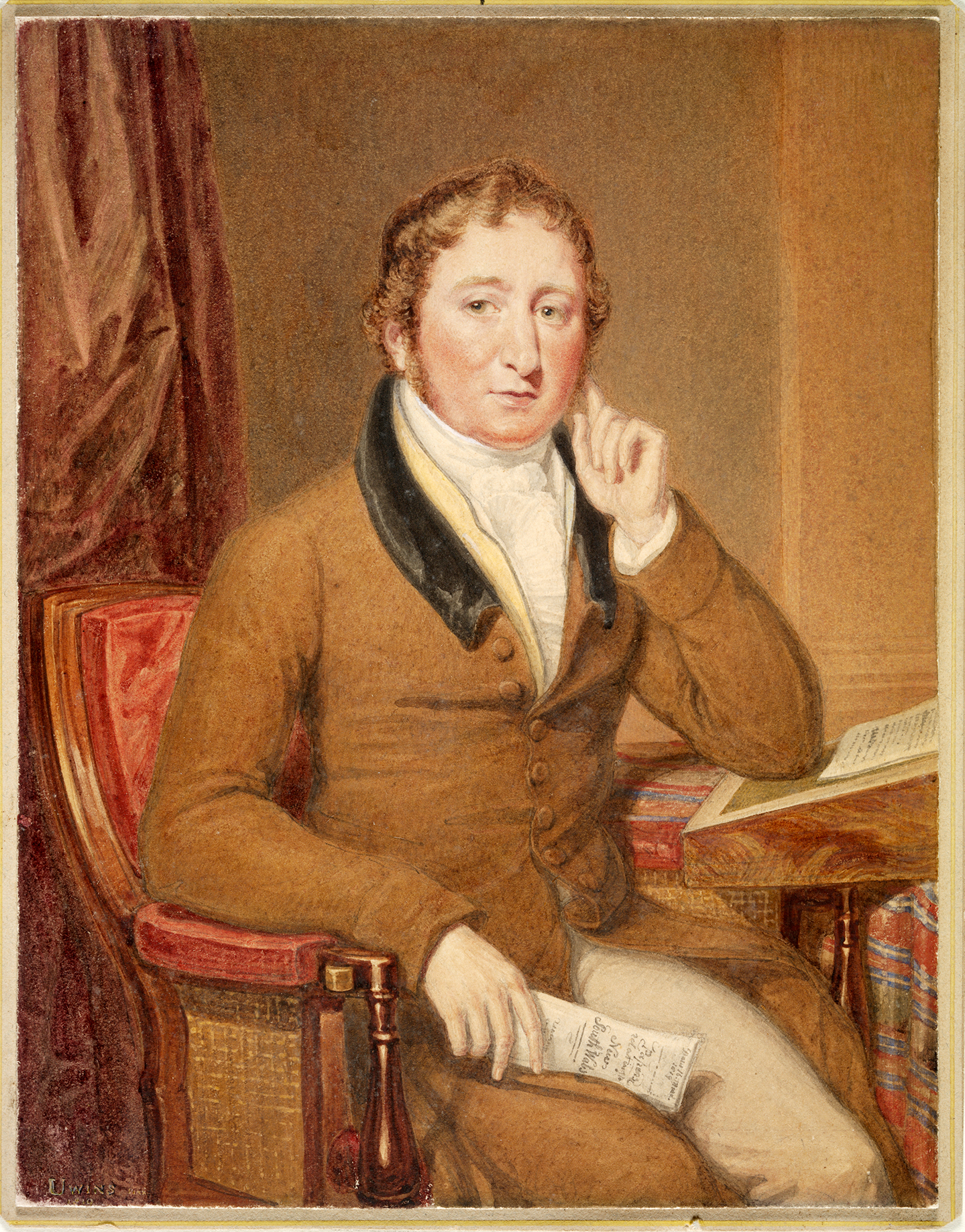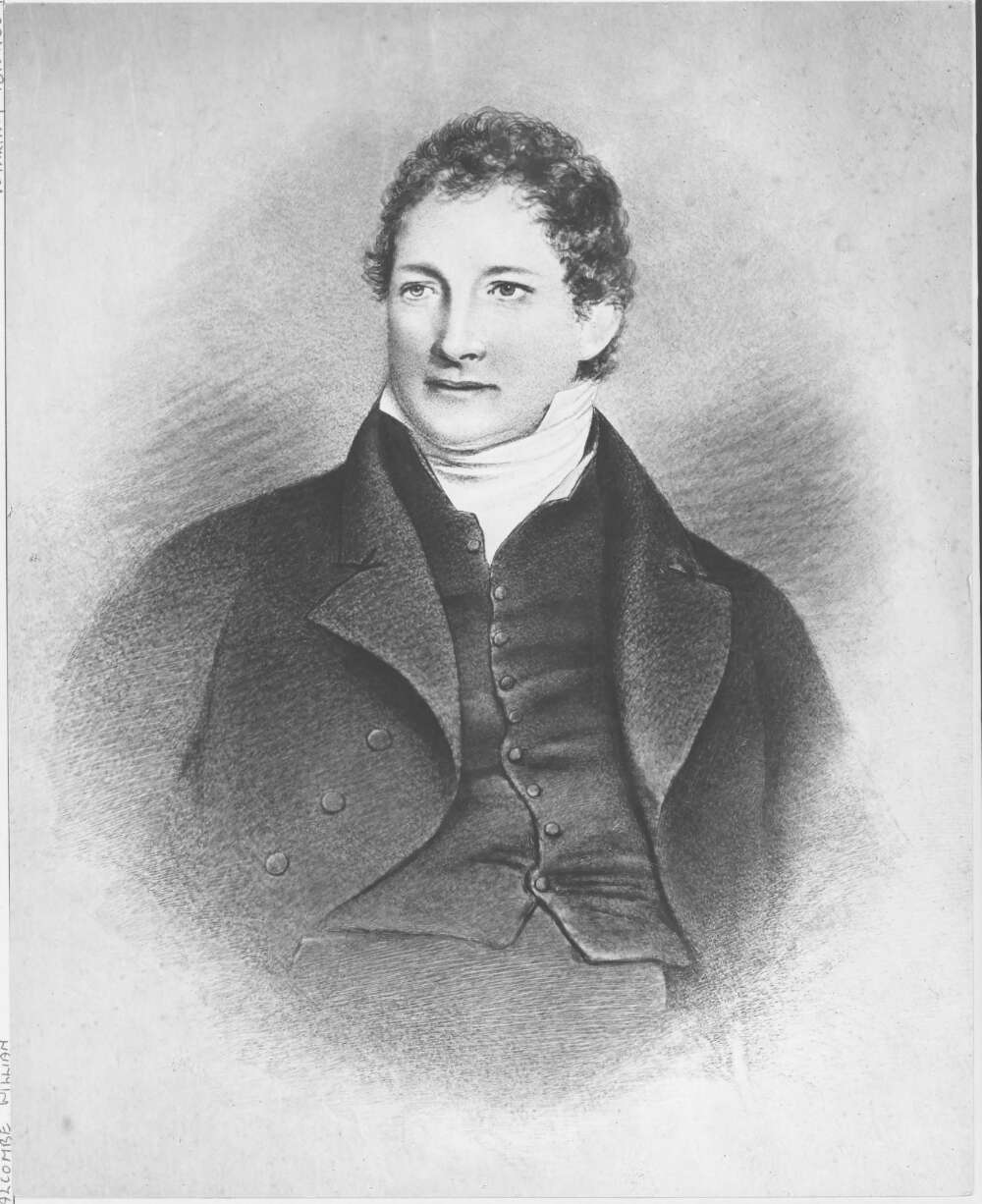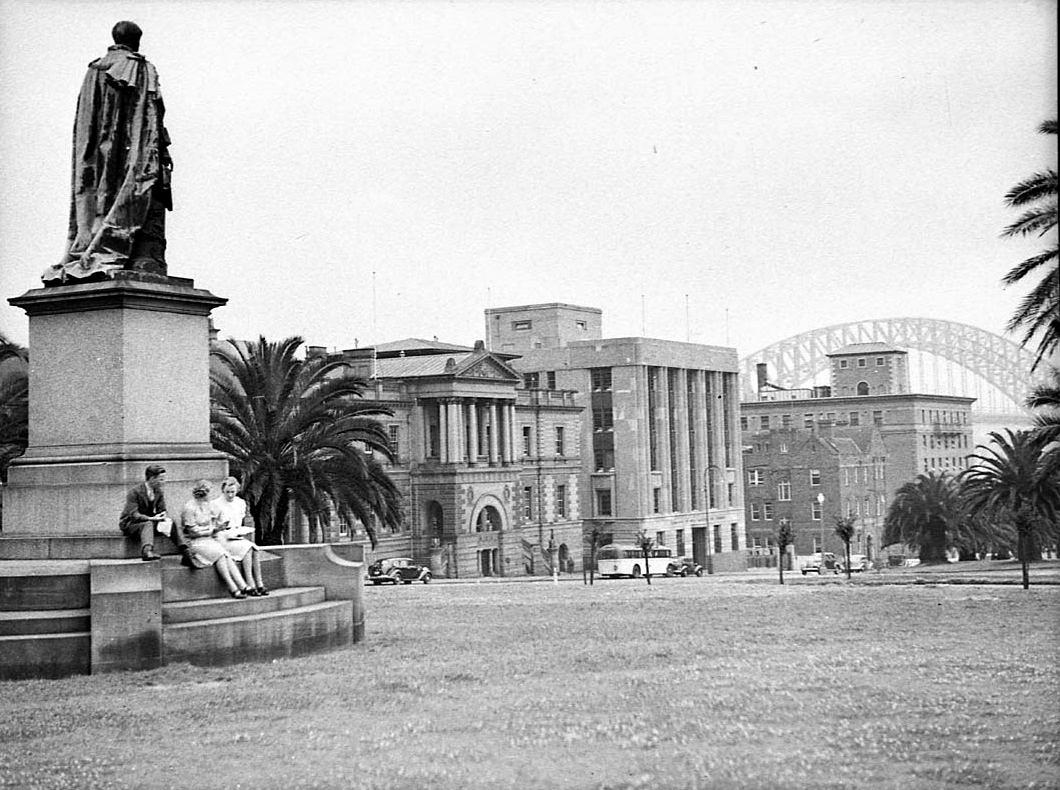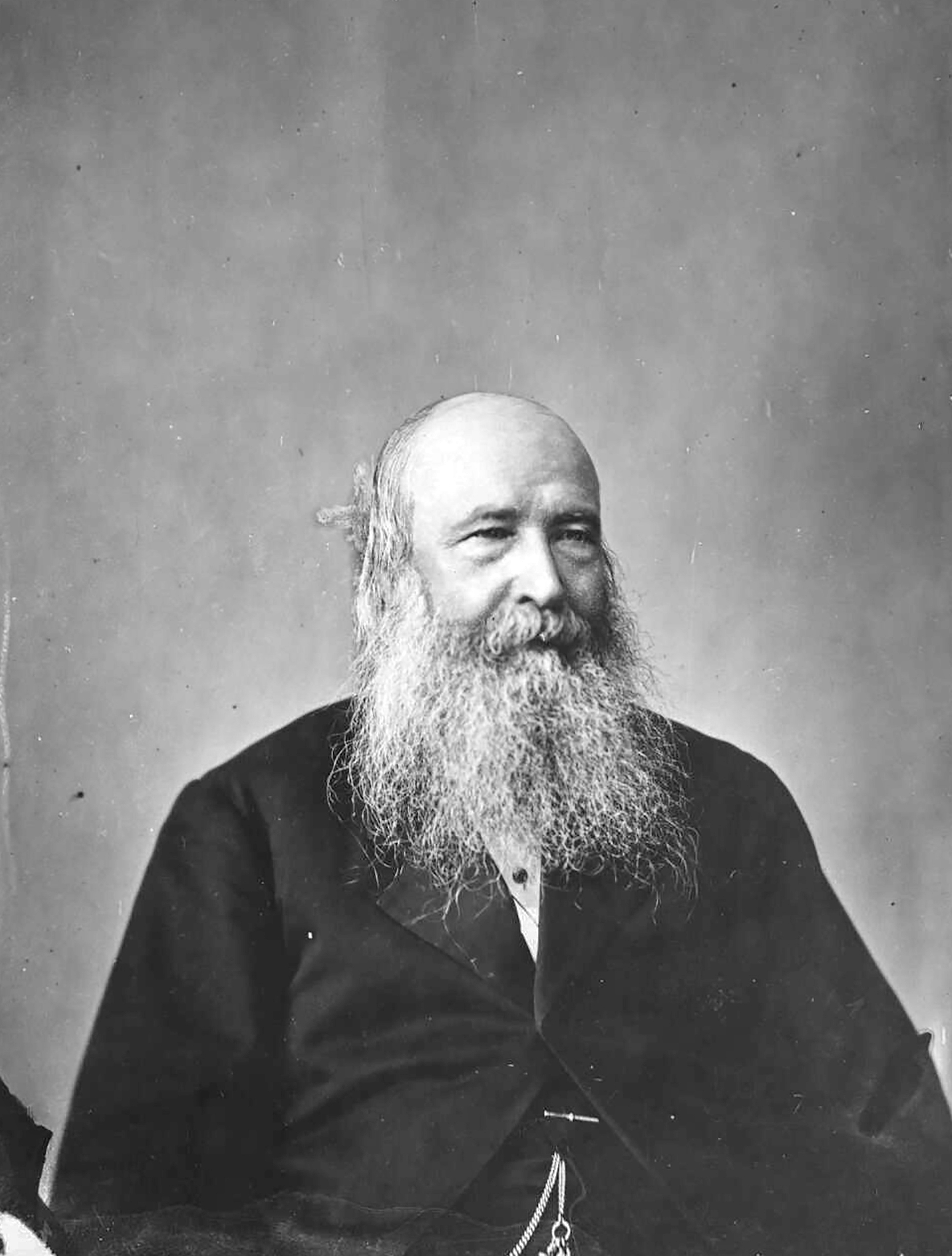In April 2024, NSW Treasury commemorates its bicentenary: 200 years since the appointment of the first Colonial Treasurer, William Balcombe.
It’s especially clear in the paintings, sketches and early photos of colonial New South Wales that much has changed between 1824 and 2024: from relatively minor things, like the clothes we wore and the way we travelled, to more substantial elements of who we are as a nation and how we treat First Nations people and minority groups.
And although Treasury’s granular responsibilities have shifted and evolved through the years, our overarching mission has remained constant: to manage the State’s principal financial assets and liabilities, identifies opportunities for economic reform and to support the Government of the day in delivering benefits for the people of New South Wales.
